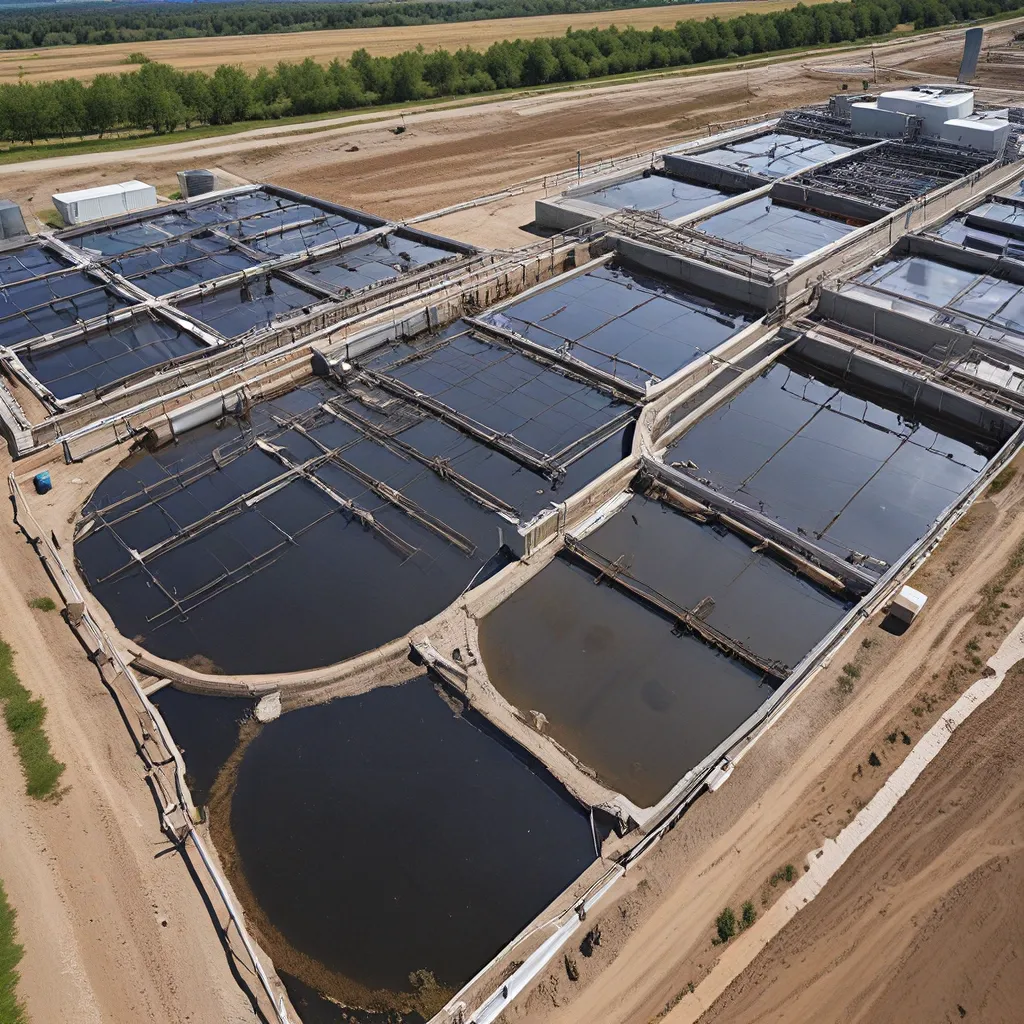
As a self-proclaimed water enthusiast, I’ve always been fascinated by the intricate world of wastewater treatment. It’s a process that not only purifies our water but also holds the potential to unlock valuable resources hidden within. And when it comes to the cutting edge of this field, bioelectrochemical systems (BES) are where the real magic happens.
Now, I know what you’re thinking – “Bioelectrochemical systems? That sounds like something straight out of a science fiction movie.” But trust me, these innovative technologies are very much grounded in reality, and they’re revolutionizing the way we approach wastewater treatment.
Understanding Bioelectrochemical Systems
At their core, BES are electrochemical devices that harness the power of microorganisms to drive various processes, including wastewater treatment, resource recovery, and even energy generation. These systems are designed to mimic the natural metabolic pathways of certain bacteria, allowing them to convert organic matter into useful products like biofuels, bioplastics, and even clean water.
One of the key advantages of BES is their ability to recover valuable resources from wastewater. Instead of simply treating the water and disposing of the leftover sludge, these systems can extract nutrients like nitrogen and phosphorus, as well as recover metals and other valuable materials. This not only reduces waste but also creates new revenue streams for wastewater treatment facilities.
Improving Wastewater Treatment Efficiency
But BES aren’t just about resource recovery – they’re also revolutionizing the way we purify water. By harnessing the power of microbial fuel cells (MFCs), these systems can break down organic matter and remove contaminants more effectively than traditional treatment methods.
The way it works is pretty fascinating. Certain bacteria, known as exoelectrogens, are able to transfer electrons to an electrode, creating an electrical current. This current can then be used to power various processes, including the oxidation of organic compounds and the reduction of heavy metals or other pollutants.
Studies have shown that BES can achieve higher removal rates for organic matter, nutrients, and heavy metals compared to conventional wastewater treatment methods. And the best part? These systems can do it all while generating renewable energy in the process.
Unlocking the Potential of Wastewater
Now, I know what you’re thinking – “That’s all well and good, but how does this translate to real-world applications?” Well, let me tell you, the possibilities are endless.
Imagine a world where wastewater treatment facilities are not just cleaning our water, but also producing biofuels to power their operations or extracting valuable metals that can be sold on the open market. It’s a win-win scenario – we get cleaner water, and the treatment plant gets a nice financial boost.
Researchers are constantly exploring new ways to optimize BES and unlock even more of their potential. From improving electrode materials to optimizing microbial communities, the field is rife with opportunities for innovation.
And the best part? This isn’t just some far-fetched dream – it’s happening right now, all over the world. Alpha Wastewater, for example, is at the forefront of this revolution, using cutting-edge BES technologies to transform the way we think about wastewater treatment.
The Future of Wastewater Treatment
So, what does the future hold for wastewater treatment and BES? Well, if you ask me, the sky’s the limit. As research continues to evolve, I expect to see even more breathtaking advancements in this field.
Maybe we’ll see wastewater treatment plants that double as renewable energy hubs, generating enough power to not only run their own operations but also feed excess electricity back into the grid. Or perhaps we’ll witness the rise of hyper-efficient water purification systems that can remove even the most stubborn contaminants with ease.
The truth is, the possibilities are endless, and I can’t wait to see what the future holds. One thing’s for sure – with bioelectrochemical systems leading the charge, the future of wastewater treatment is looking brighter than ever.